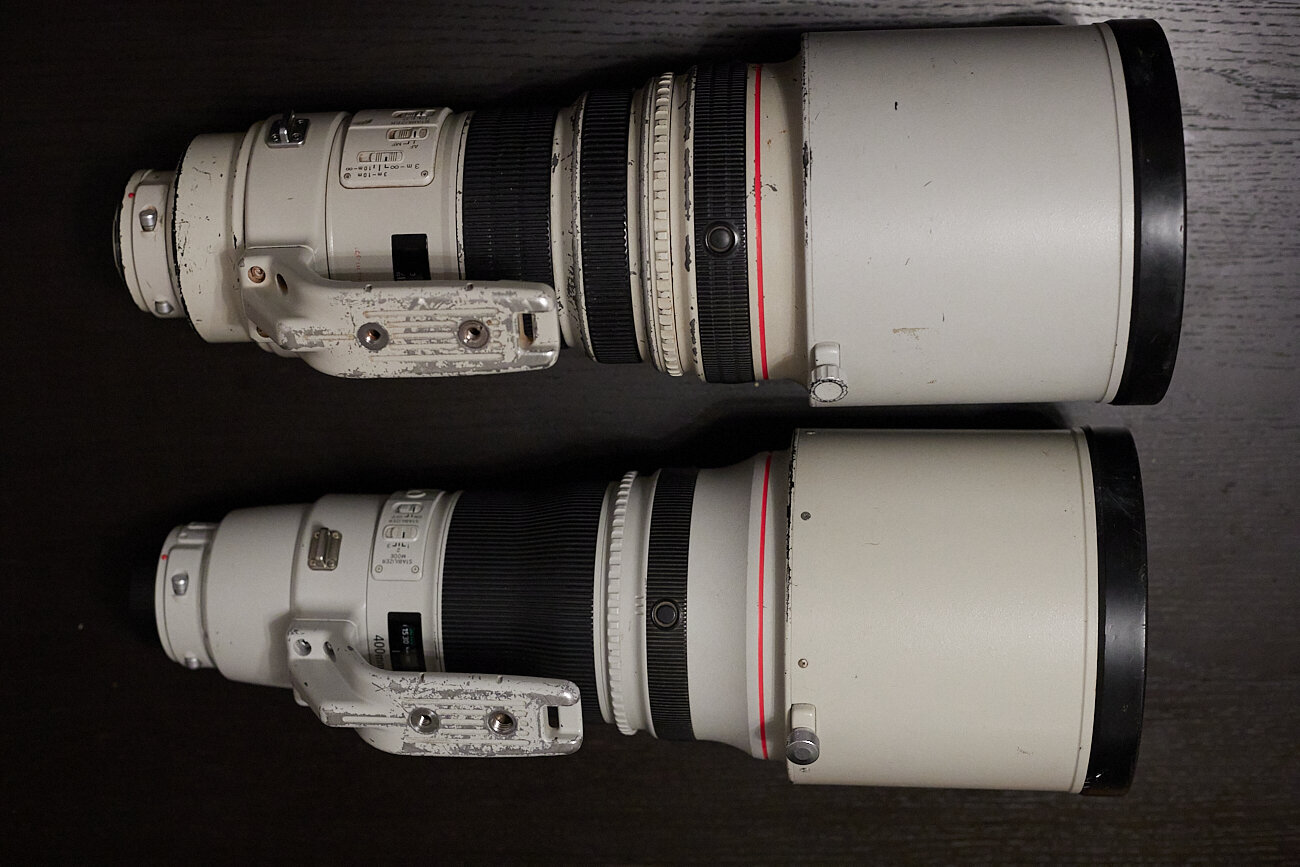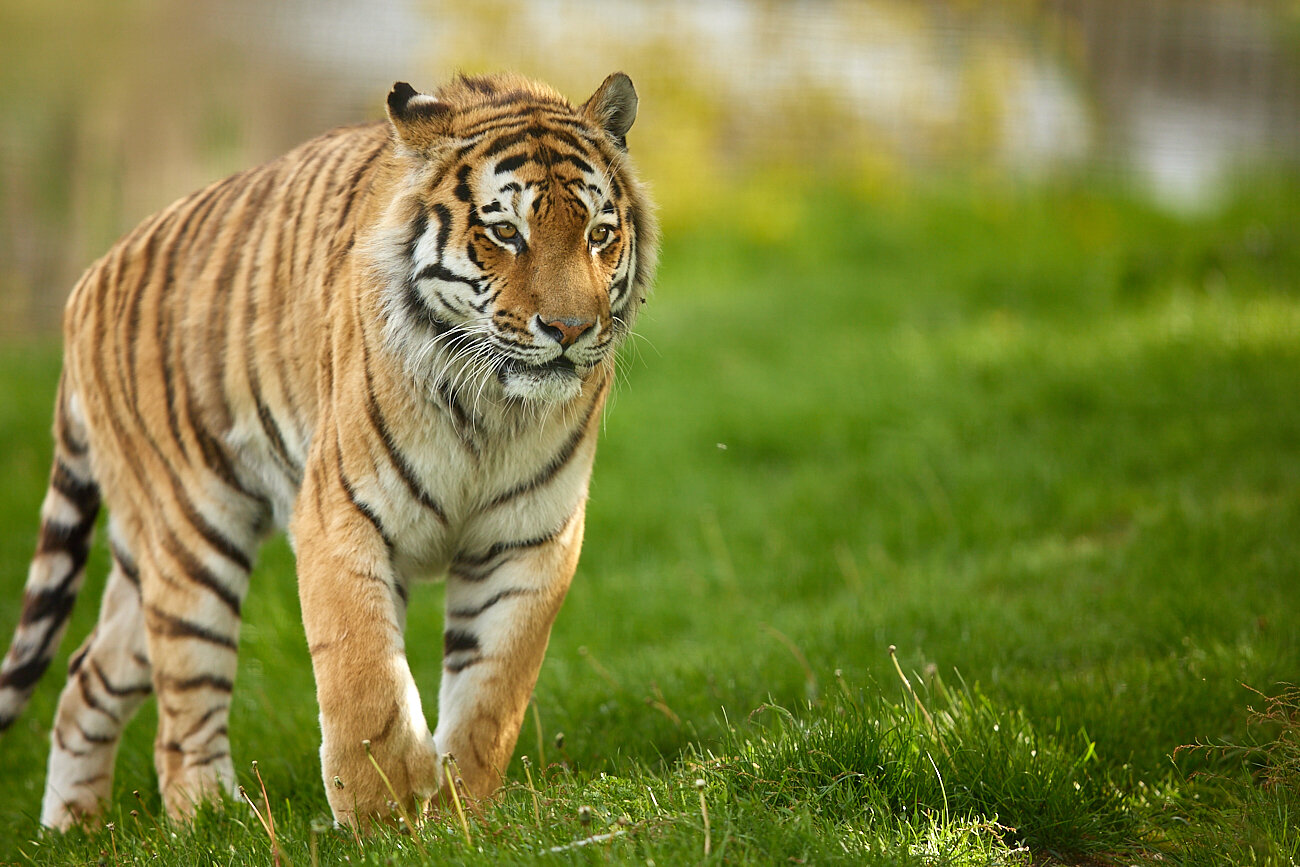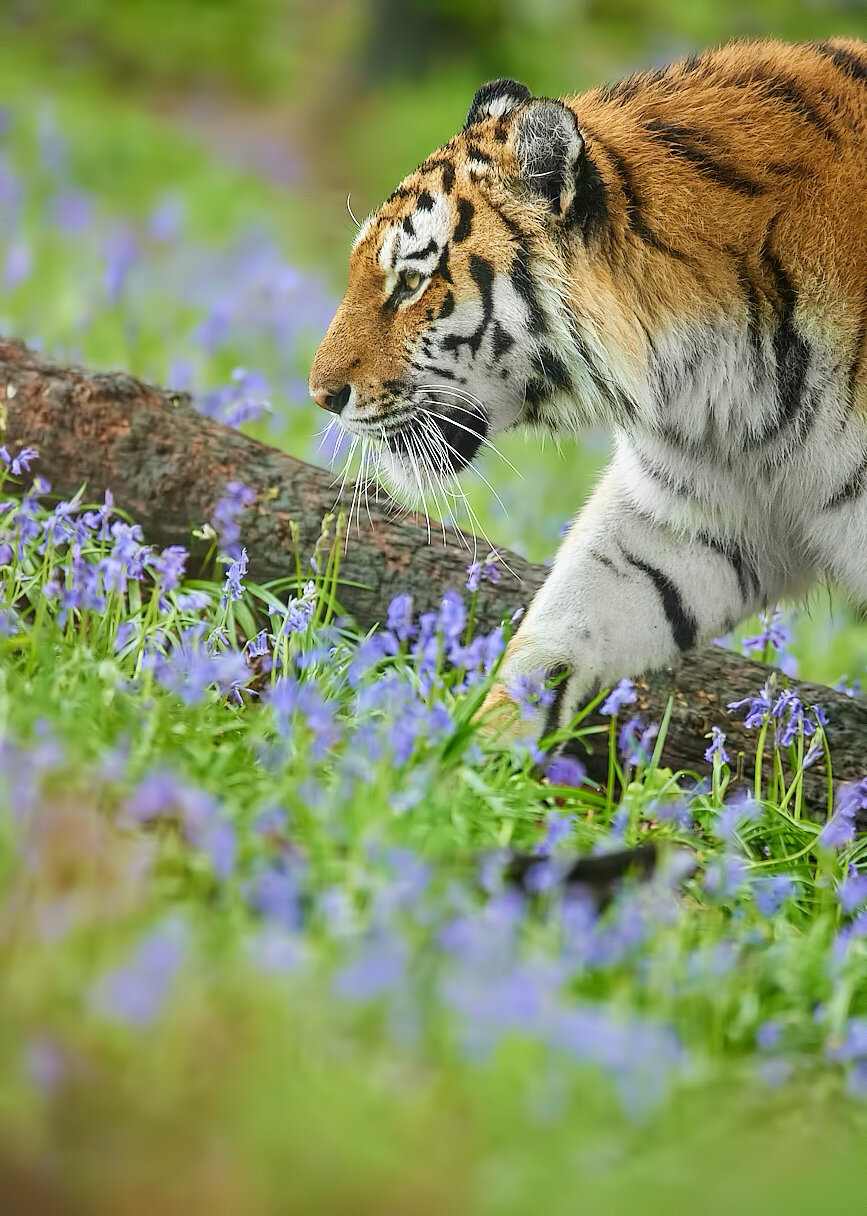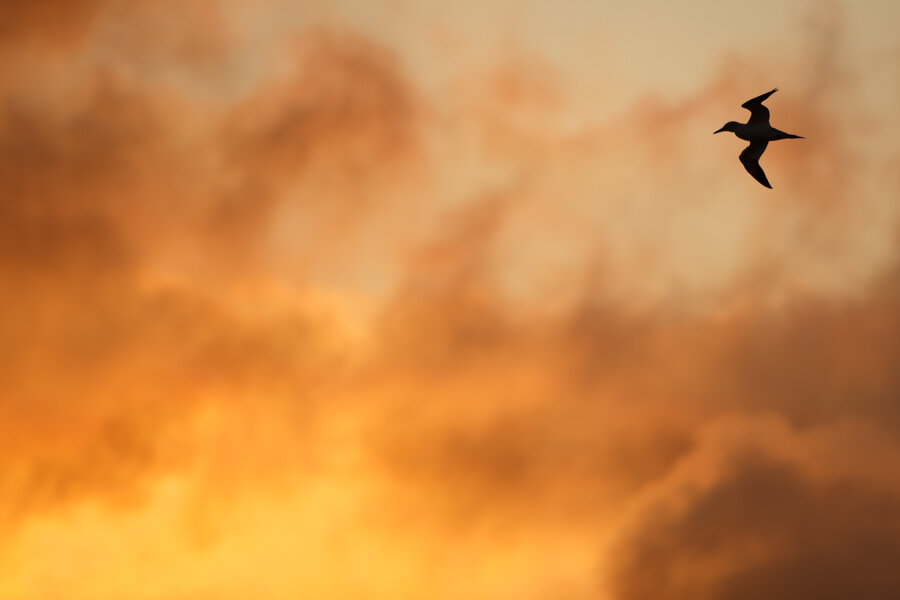Introduction.
I upgraded to the Canon R6 from the 1DX last year and found that the original 400mm f2.8 would not keep up with action, no matter what autofocus settings were utilised. It was like the camera was thinking faster than the lens could react, especially with eye detect. So I rented the mk ii lens over a weekend and thought I would share my experiences. This won’t be a full gear review/comparison/sharpness test etc. - there are plenty of those out there, more of snapshot of my personal experiences with what I shoot, and how I shoot which will hopefully be of interest.
Mk I above Mk II below
Why use a 400mm f2.8?
Simply… the beautiful background diffusion, which gives images a painterly look, and depth by having the subject beautifully sharp and turning the background into an impression. To me its not a sports lens, but an artists lens. Other features include good sharpness, contrast, IS, build etc. You can create beautiful wildscapes with the 400mm f2.8 if you give the subject some space. Oh and you can cancel Gym membership and just train with the Mk I lens - it weighs 5.5kg! Move over Arnie.
Canon R6, 400mm f2.8 IS L II, beanbag.
Weight and Balance
The Mk II is almost 2kg lighter and better balanced, while the Mk I is over 5kg and front heavy, so handholding is much easier. I’m not one for tripods as I need total freedom to compose.
Buttons
It took a while to get used to the new layout, as the focus limiter switches have moved to the back of the lens, but this is better as I often accidently switched these on/off with the old format.
Minimum Focusing
Minimum focusing has only improved by 30cm more in the Mk II, but very useful and noticeable.
Image stabilisation
The mode 3 stabilisation on the newer lens is a godsend, as with the Mk I lens it is always engaged with the R6, draining battery and making noise. Mode 3 activates stabilisation only during the exposure which works for me!
The extra stop of stabilisation, coupled with IBIS is a help too.
Image Quality
The detailed resolved by the Mk II over the Mk I is very noticeable, at 100% which is fantastic. Colours and contrast as well as managing flare is also much improved.
Autofocus with action photography
In all cases the lens returned a very high hit rate with all my subjects, almost between 70/90% using eye detect at 20fps. Exactly what I had hoped for.
R6, eye detect, 1/4000th sec, 400mm f2.8 IS II
R6, eye detect, 1/4000th sec, 400mm f2.8 IS II
R6, eye detect, 1/4000th sec, 400mm f2.8 IS II
Extenders
I actually tried the mk iii extender too (I currently own the mk ii) and it focuses faster and provides very useable results wide open giving me a great 800mm f5.6.
Canon R6, 400mm f2.8 L IS II with 2x iii giving a beautiful 800mm f5.6.
Conclusion
A worthy long term investment.
What next
Tigers… 2027
Did someone say 400mm f2.8 L IS II and R5…
SOLD!
400mm f2.8 IS II Example images

























































